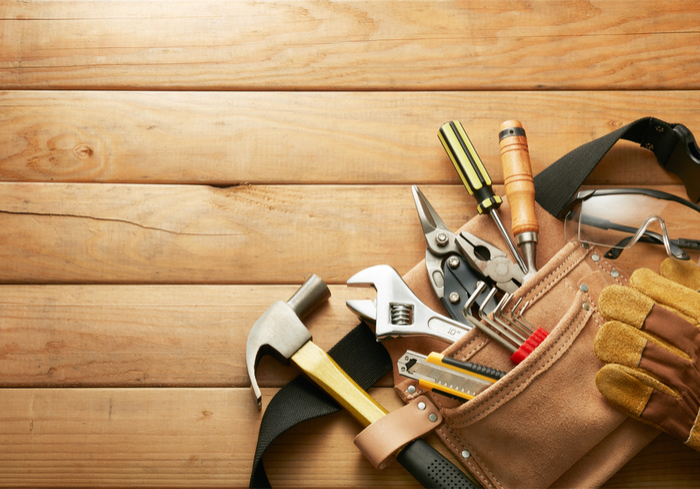
Millennials are finally moving out of mom and dad’s house and creating their own households, which has increased demand in the housing market. At the same time, supply has taken a hit due to a shortage of skilled labor. Rising mortgage rates and lumber prices are only compounding the problem.
This imbalance of supply and demand is proving to be a perfect storm for home improvement chains. As production of new homes decelerates, the value of existing ones increases with demand — and those rising values have homeowners looking at their houses through an investment lens. That makes it easier to justify renovations, additions, and other improvements — and that’s when consumers start heading to stores like Home Depot and Lowe’s.
Bloomberg notes that there are 123 million occupied homes in the U.S., while only 1 million new homes are expected to be built this year. Home Depot CFO Carol Tomé said that’s why the home improvement chain caters to existing homeowners, rather than those who just invested in new construction.
“What matters is the occupied housing base,” Tomé said. “That’s a lot of households for us to sell to.”
Supply
Grow up. Go to college. Get a “real job.” That’s what parents told their kids, and the kids, overwhelmingly, listened — leaving the skilled trades woefully short-staffed.
Millions of young Americans played the game the way they were told, taking on tens and hundreds of thousands of dollars in college debt to procure the college degree they were told they must have. Ironically, the degree didn’t guarantee them a job, let alone a steady or high-paying one.
Learning to build a house might have.
That’s not to say that college degrees don’t have value, but for those with the right skill set, going into the trades may have unlocked greater opportunities — and certainly greater paychecks — with manager trainee compensation starting around $40,000. Top managers can earn six figures, even breaking into the $1 million bracket once bonuses are factored in.
However, attractive wages have yet to woo blue-collar workers to the profession, leaving the U.S. with a labor shortage — and a housing supply shortage to go with it.
Demand
In 2016, 32 percent of young adults were still living with their parents. That percentage peaked that year and is now on the decline, with millennials finally looking to settle down after waiting longer than previous generations to get married and start a family.
With fewer new homes as options, existing homeowners are staying put longer, opting to repair rather than replace their aging residences. That’s good news for Home Depot and Lowe’s, which are seeing a combined $170 billion in annual sales. In short, noted retiring Lowe’s CEO Robert Niblock, the best indicator of home improvement store performance is higher home values, and he only sees the upward trend continuing for now.
Niblock said, “Housing is expected to remain a positive driver, as demand in excess of supply drives home price appreciation.”